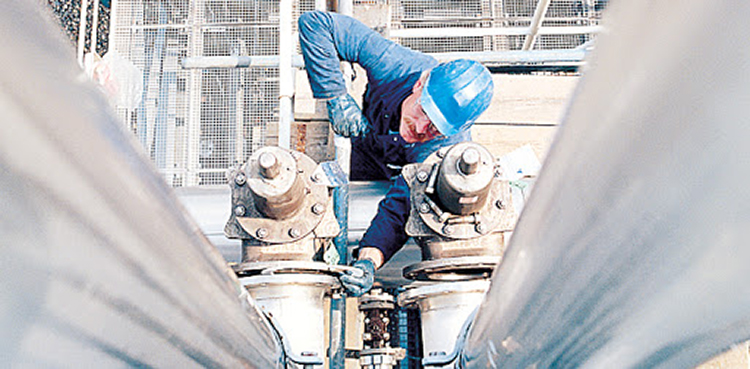Your Definitive Guide to Grease Traps
When grease, oil, and fat are poured into the sink and go down the drain, overflow and sewer blockages may occur. Overflows cause the sewage in its raw form to be spilled onto sidewalks and city streets along with storm drains, which ultimately end up in the bay or on your property. This is a major health hazard, and thus the use of grease traps and systems of support may assist in the reduction of overflows and blockages within drainage systems. Read on for Your Definitive Guide to Grease Traps.
What Are Grease Traps and What Do They Do?
Such traps are ultimately plumbing devices used for grease and oil interception before their entry within the wastewater disposal system. Grease traps lower the flow of greasy/hot water, which allows cooling to occur. As the water becomes cooler, the oil and grease within the water separate from one another, which allows the grease to come up within the trap, allowing for disposal to occur easily.
The traps are known as oil management systems, grease recovery devices, and interceptors. They aim to collaborate with the internal plumbing and trap as much grease before the water enters the property’s private sewer lateral (PSL). They may differ in size as they may be big tanks placed on building exteriors or even small floor traps under a three-compartment sink. Either way, the frequency, yield, and capacity will allow you to set a daily maintenance schedule.
Why Are Grease Traps Installed?
Plumbers and restaurateurs will tell you that the maintenance of grease capture tools is not easy. It is a dreaded task within the business of commercial foods. However, it is important to understand that these tools are vital, and if they were not used, grease build-up would be a nightmare for city infrastructure and commercial property owners.
Best Practices for Grease Trap Maintenance
Property managers have to be aware of the occurrence of build-up, which is localized within grease trap systems. In particular, this occurs within the interior pipes between the sink and the trap. Both pipes have to be hydro jetted on a yearly basis. In terms of the system, it must be emptied and serviced every 2-3 months. However, it is important to note that they must be cleared every 2-3 weeks, depending on the size and usage depth of your system. Make sure to check the guidelines offered from your city and make use of their assistance to understand when to make use of services.
- Daily Disposal and Recycling:
These two functions must be responsibly managed and an efficient practice established in logging the activities. This will allow for an informed approach to receipts for all services. It will further allow for an efficient system to form. - Enzyme Drip Systems:
Such systems may be installed to assist in grease dissipation prior to its entry in the city sewer systems. Grease and drain treatment systems such as these are made to digest the organics and grease found. Think of it this way; drip systems are made use to improve drain lines and wastewater systems the same way people make use of probiotics for digestive efficiency. As the leading drain camera manufacturer, we possess expert knowledge concerning processes to help you solve your problems in relation to plumbing issues. Our drain scan can assist with prevention, maintenance, and advisement and can meet you where you choose. Make sure to have your sewer inspected to ensure there are no root intrusions, breaks, or erosion. - Schedule Drainage Camera Inspections to Monitor Grease Clogs:
A simple phone call can provide solutions to your grease-filled troubles. Your first stop is Scanprobe for a drainage camera inspection of the sewer to check its line condition should there be any backups or clog. Scanprobe also ensures that your private sewer is kept free from oil build-up and grease that escapes from the trap. In addition, Scanprobe is present to assist you in retrofitting access points and sewer cleanout fittings in the sewer line to make a clearing, cleaning, and inspecting your line easier than before. It is vital to understand that where private sewer systems are not properly maintained, the clogs may cause the public sewer system of the region to become negatively impacted over the course of time.
Thus, invest in the services mentioned and contact Scanprobe in order to provide you with an easy inspection, which will provide a vivid image of the problem being faced and how best to fix it.

